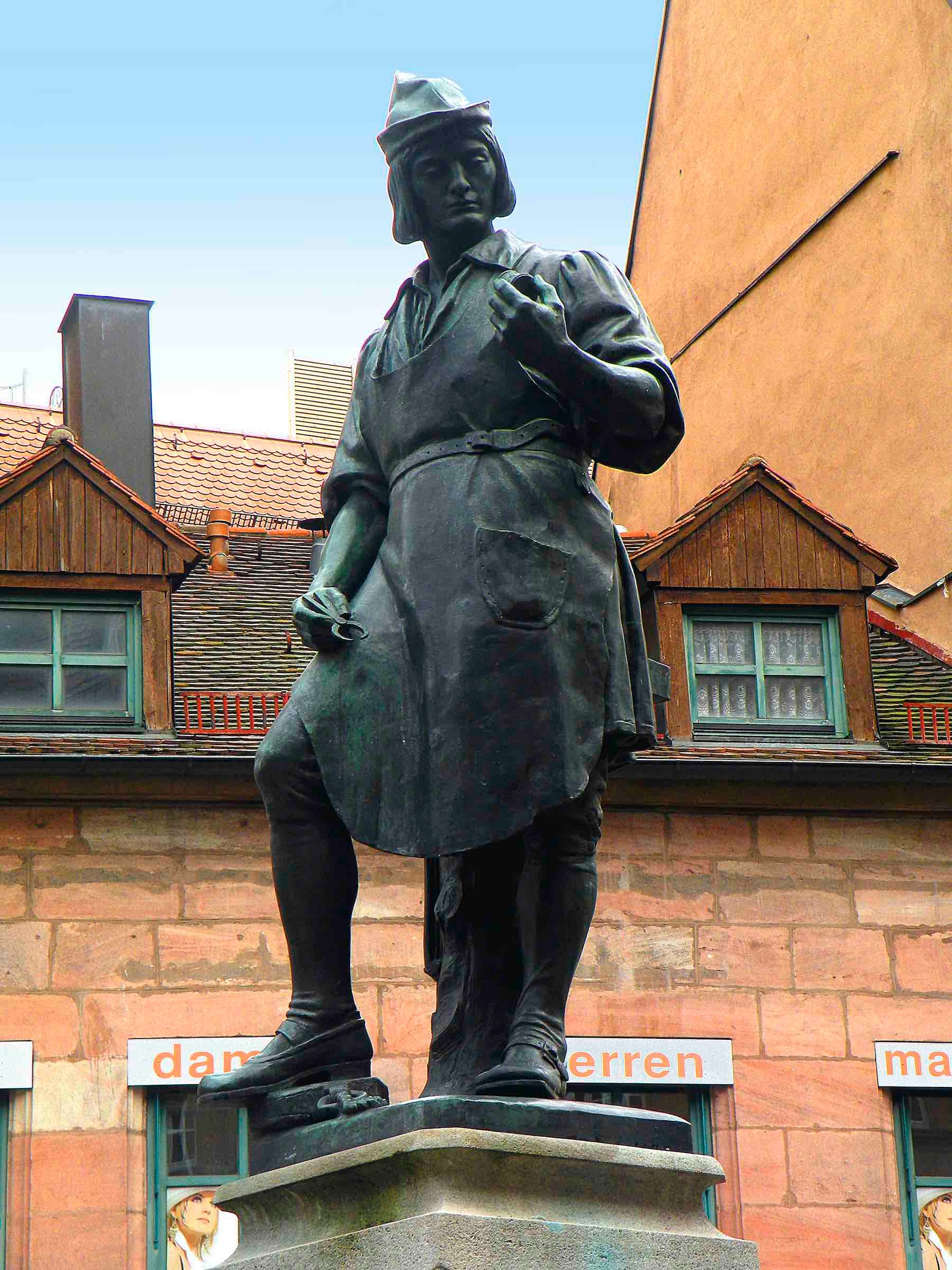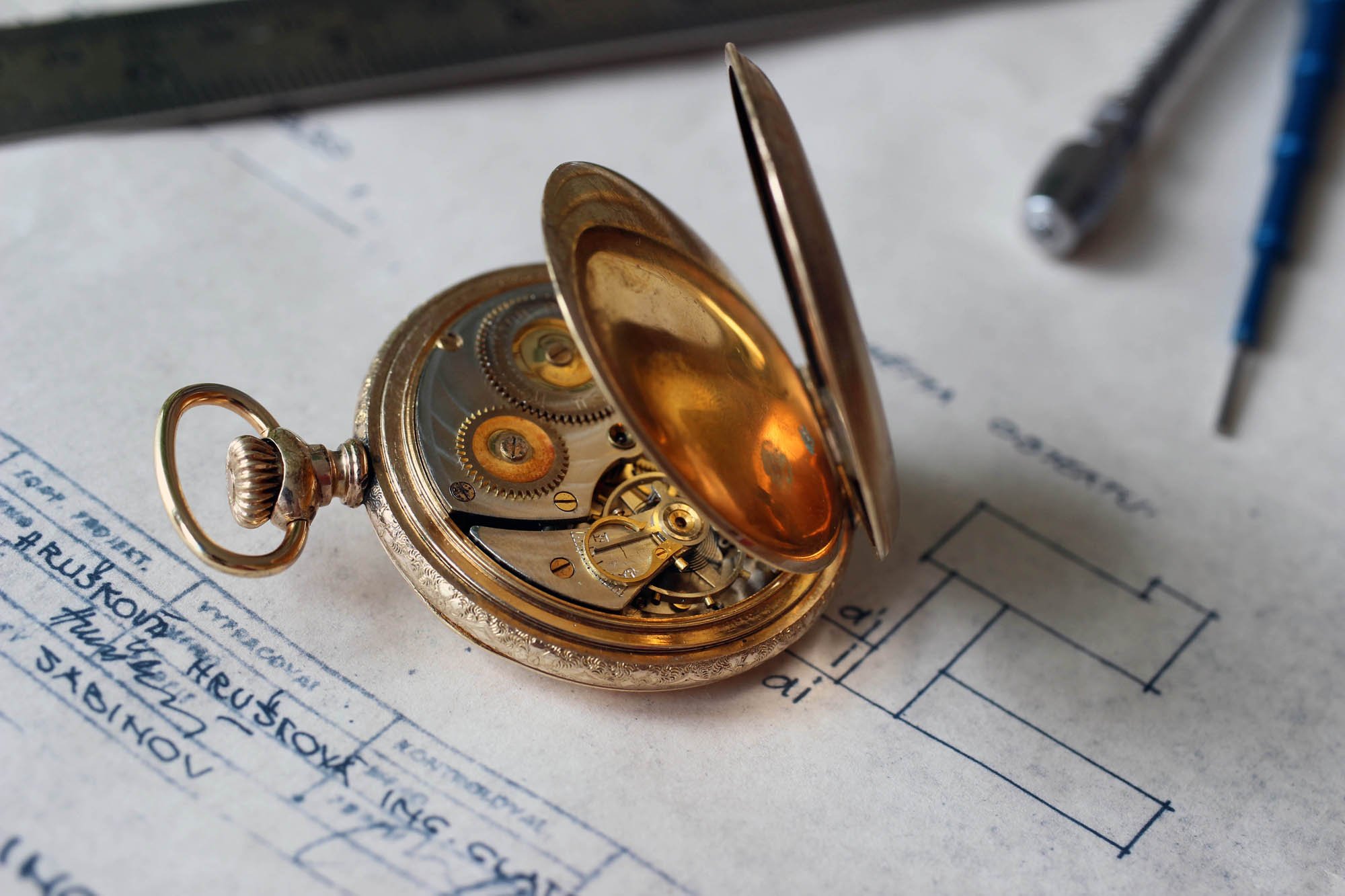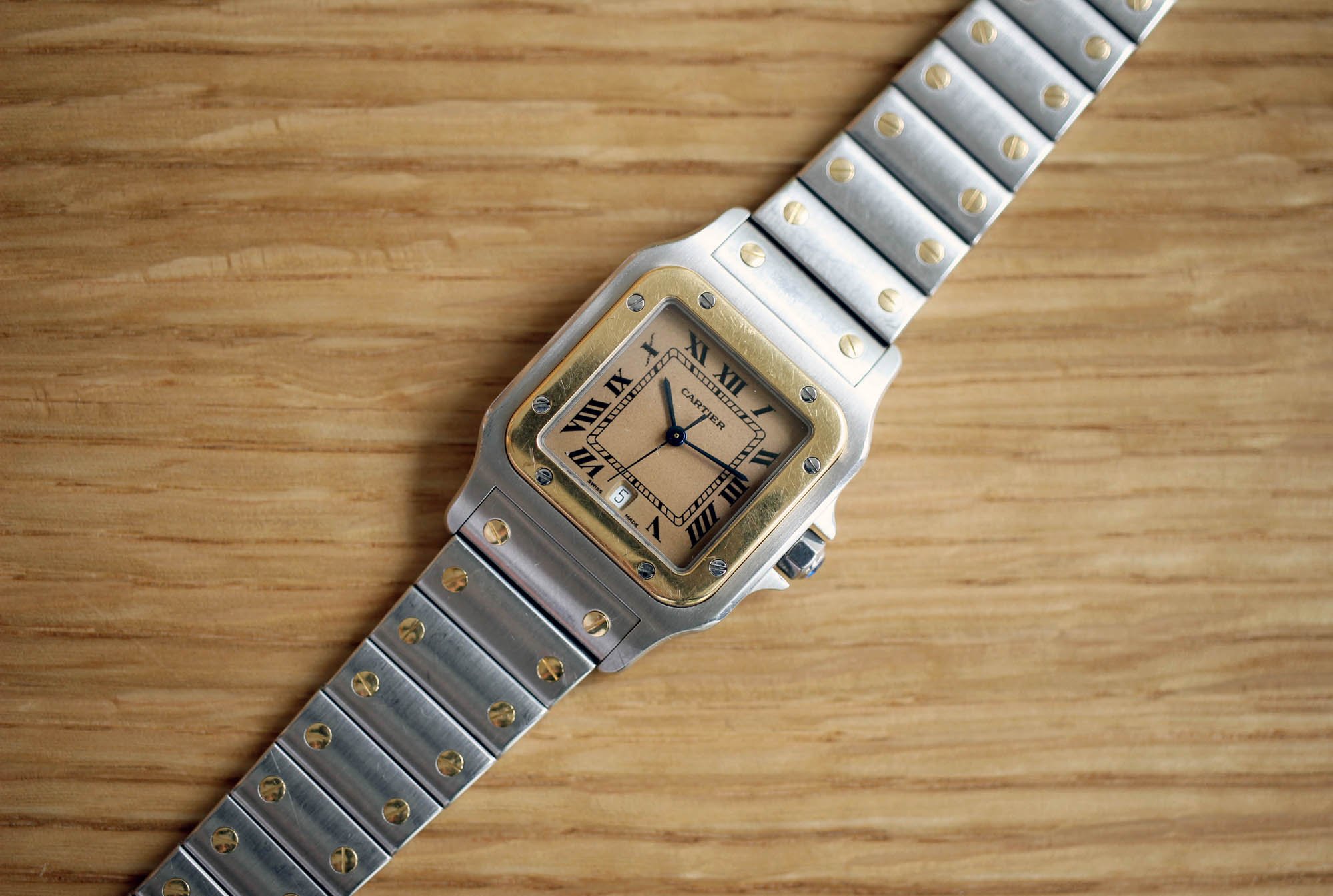You Asked Us: When Were Watches First Invented
As is becoming something of a trope, I’d like to start this edition of You Asked Us with another question entirely. Before we can answer “When were watches first invented”, we must first address the somewhat broader question of “What is a watch?”
I’m sure you have a pretty good image in your head. I did too. And then I really started to think about it. How does one really draw a line between watches and clocks? On the surface there are a few simple suggestions that seem to hold weight, but ultimately fall down thanks to exceptional outliers spoiling the party for everyone else.
A clean definition
Many sources will define a watch as a portable timepiece. This definition is insufficient, simply because portable clocks also patently exist. Next, I considered that the regulating organ might be the differentiator. Would it be true to say that watches use a balance wheel/spring where clocks employ a pendulum system? Again, not universally. Earlier this month we reported on the release of MB&F’s new collaboration with L’Epeé. And, quite clearly, we can see that clock uses a mechanism one would more often expect to find within a watch.
…a wearable timepiece…
Although I tried to find a more technical definition that was entirely clean, I’m afraid I have to resort to the rather flowery notion that a “watch” is a timepiece that can be worn about one’s person. This encompasses wristwatches and pocket watches. Annoyingly, it also brings small, ornate timepieces that feel much more like clocks into the equation. However, this is really just my modern prejudice of what a watch should be. So let’s shelve my personal discomfort with the starting point of this discussion, which, thanks to this definition, is (supposedly) way back in 1505…

By Vitold Muratov – Self-photographed, CC BY-SA 3.0, https://commons.wikimedia.org/w/index.php?curid=9974398
The Pomander Watch
In 1505, German locksmith Peter Henlein created what is regarded by many as the first watch. It is a small, egg-shaped timepiece with a “stunning” power reserve of 12 hours. In place of a hairspring (which wouldn’t be invented until Robert Hooke and Christian Huygens brought the idea to life in the 17th century), it uses a boar bristle regulator.
…Henlein was a pretty fascinating character…
Although this looks like a tiny personal clock to me, it does not use a pendulum regulator and it is designed to be carried on one’s person. Consequently, it fits pretty well with any definition of a watch. Whatever its provenance (some doubt its authenticity for some pretty good reasons…), Henlein was a fascinating character who probably deserves his own article…
Wristwatches came later
For the next couple of hundred years, watches dangling from one’s clothing were common. Small, finely-wrought tickers (like the Pomander) and more traditional pocket watches were the order of the day. Many brands like to claim the invention of the wristwatch. The current consensus, however, hands the accolade to Abraham Louis Breguet. In 1810 he created a wristwatch for the Queen of Naples.
Most wristwatches were converted pocket watches until the early 20th century when specific wrist-based instruments became popular. At first, only women wore wristwatches. It took men a while to accept the wristwatch as anything other than a whimsical novelty.
In 1904, Cartier created one of the most famous and enduring models. Louis Cartier and watchmaker Edmond Jaeger developed the Santos for Brazilian aviator Alberto Santos-Dumont. Following the First World War — during which time the usefulness of wearing a watch on one’s wrist was realized — wristwatches were finally accepted by men. The rest, as they say, is history.


